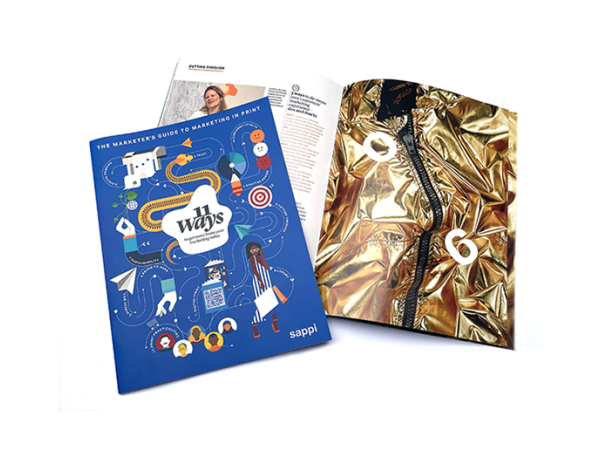Why Covid could have a positive impact for advertisers and print magazines
New research shows that consumers who have been saving during Covid are set to start spending again – on premium content

Consumers in the UK have been saving during the pandemic – and are now primed to spend a chunk of that cash, according to the results of a new survey.
And, here's the thing, the findings also show that those with the most savings are more ready to pay for premium content – but that brands must be careful in how they position themselves if they want to claim consumers’ attention.
The survey, Financial fortunes: changing attitudes to spending and saving post-lockdown, was produced by marketing agency Magnetic in association with data consultancy Kantar. It points to significant pent-up demand in the UK – something that is likely to be reflected across Europe as a whole.
Britons have saved £192bn (€225bn), with some £50bn (€59bn) of that poised for a post-pandemic spending spree. Consumers are expected to be buying themselves treats and making purchases postponed during Covid and, at least in the short term, to be spending more than before the crisis.
Print ads are still highly effective. The survey looked at how companies and brands can unlock this potential spend – taking into account the most relevant media channels and the evolving nature of brands.
A key finding was that consumers who have notable savings (and there are almost seven million with savings over £75,000 (€88,000)) are prepared to pay for premium content. At the same time, though, this group is particularly difficult to advertise to – 48% see advertising a waste of time, while 57% find adverts on social media too intrusive.
So, how best to market to this lucrative but hard-to-reach group? The one media channel that scored highly with this ‘financially resilient’ audience was print magazines. Half said that they paid attention to advertisements in magazines (online video was the closest competitor with 38%).
New priorities, trusted media
Magazines stood out in another important way, too – one tied up with how modern brands may need to rethink their messages and realign their roles to match shifting consumer moods and priorities. Factors such as the environment and ‘giving something back’ are becoming increasingly important, especially in the 18 to 34 age range. While price is still important for consumers, what increasingly counts now is a strong brand purpose (29% of respondents said that they consider brand behaviour as part of their purchase).
Brands need to be seen as making a meaningful contribution to society – and one that fits authentically, as consumers will sniff out token gestures and greenwashing (79% of respondents thought that a company’s ‘purpose’ should genuinely line up with their brand).
When it comes to which channels best align to this new matrix of consumer demands , magazines rank consistently highly in what is described as ‘meaningful difference’. Print magazines came top in ratings for brand affinity (making meaningful connections, which is what conveys an authentic message ), as well as in uniqueness and trend setting (creating difference, something that drives premium advertising).
With cash-rich consumers set to start spending their pandemic savings, print magazines are uniquely well placed – both for advertisers looking to target the financially resilient and for brands seeking a channel that resonates with today’s consumer concerns.
Source:


